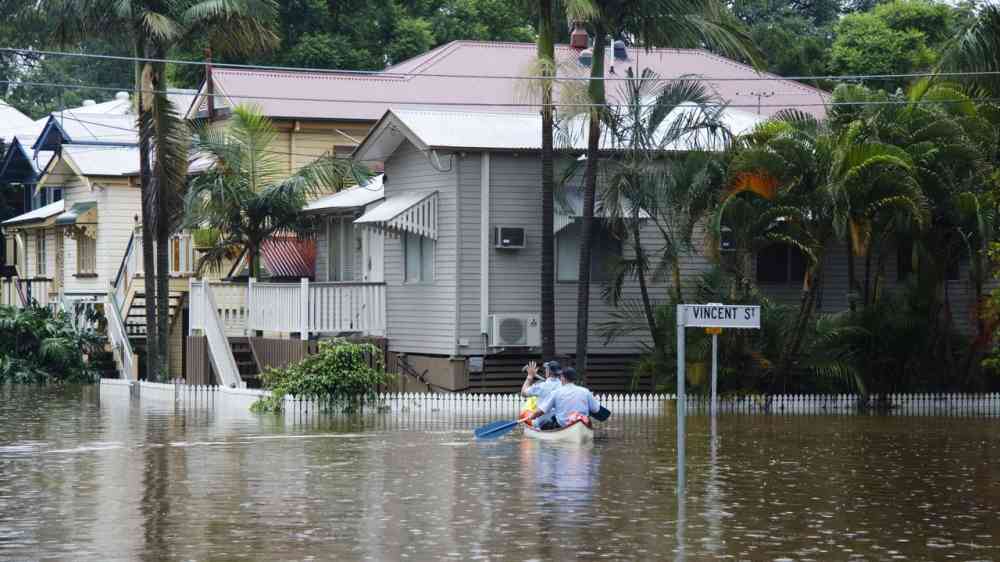C
limate change is no longer just an environmental concern, but a pressing economic and affordability issue. The latest Consumer Price Index (CPI) data from the Australian Bureau of Statistics reveals a 2.4% increase in living costs over the past year, with insurance premiums soaring by 11%. This trend is likely to continue as extreme weather events like fires in Los Angeles, flooding in Queensland, and blazes in Victoria intensify.
As climate change takes its toll, it's becoming increasingly clear that housing affordability is a major casualty. Insurance costs are skyrocketing, making it difficult for people to afford coverage, let alone the homes themselves. The insurance industry is a proxy for the financial losses associated with climate change, which can be devastating for individuals and communities.
The Intergenerational Report from the federal Treasury highlights the alarming rise in insured losses from natural disasters since the turn of the century. In 2022, these losses reached almost $7 billion, forcing many to reconsider their insurance options. The report also notes that one-third of global economic losses are not insured, leaving businesses and communities vulnerable.
As a result, governments are facing growing fiscal pressures due to disaster assistance. Treasury projections suggest that disaster recovery funding arrangements could increase by 3.6 times over the next 40 years, amounting to $130 billion in real terms. This is a staggering figure, especially considering the potential societal costs of extreme events, which could reach $35.2 billion annually by 2050.
Climate change is also redrawing the real estate map, with some communities becoming more desirable due to moderate insurance increases and others facing declining property values and economic contraction. Local governments are struggling to adapt, with eroding tax bases and growing adaptation needs. The First Street report estimates that $1.47 trillion in net property losses will occur over the next 30 years due to climate-related risks.
In Australia, this trend coincides with governments already grappling with serious fiscal deficits. Melbourne's dilemma is a prime example, as it reviews flood zoning based on new climate predictions. With more than 20,000 homes moved into new flood zones and no capacity to improve stormwater infrastructure, property owners are left to fend for themselves. The City of Yarra's predicament serves as a stark reminder that climate change is not just an environmental issue, but a pressing economic and affordability concern that demands immediate attention.














